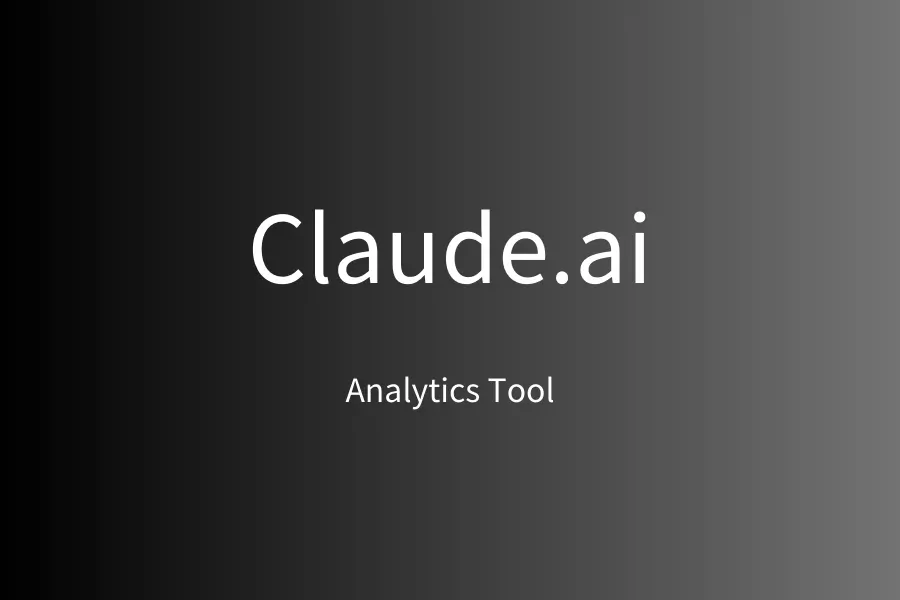Google’s New Weapon: Gemini 2.5 Flash Is Here! Faster, Smarter—and You Can Even Control Its “Thinking”
Google’s brand-new Gemini 2.5 Flash isn’t just lightning-fast—it also introduces an innovative controllable-thinking feature that helps developers hit the sweet spot between performance, cost, and speed. Let’s dive in and see why this newest AI star is such a big deal!
The tech world is buzzing again: Google has added a fresh face to its Gemini family—Gemini 2.5 Flash. It’s still in preview, but developers and AI fans are already paying close attention. Why? Because Google isn’t just chasing “faster and stronger” this time; they’ve handed us a fascinating new toy: controllable thinking.
Sounds a bit mysterious, right? Don’t worry, let me break it down.
What’s different about this Flash? It all comes down to “thinking”
If you’ve used or heard of Gemini 2.0 Flash, you know its selling point in one word: speed. Gemini 2.5 Flash is basically its “smarter upgrade.”
Its show-stopper is that it’s Google’s first fully hybrid-reasoning model. In plain terms, it adds an optional “thinking” stage. Developers can turn this stage on or off—and even give the model a thinking budget.
It’s like telling the AI:
“Hey, this question’s tricky—take a moment and think it through.”
—or—
“This one’s easy, just answer fast—no deep thinking needed!”
That flexibility lets you balance answer quality, cost, and latency. Even with thinking disabled, Gemini 2.5 Flash already outperforms 2.0 Flash while keeping that trademark speed. Pretty tempting, right?
Wait—what exactly does “thinking” mean?
You might ask, “Don’t AIs already think?” Not quite like this.
In Gemini 2.5 Flash, the new thinking stage performs a structured reasoning process before writing the final answer—much like how we tackle tough problems:
- Understand the question better
- Break a complex task into smaller steps
- Plan a precise, complete answer
Say you throw it a multi-step math problem or a dense research paper. This extra reasoning lets it work methodically and deliver a more accurate, well-rounded response.
In LMArena—an “AI exam” for tricky problems—Gemini 2.5 Flash scored brilliantly, topped only by its big brother, 2.5 Pro. Impressive, huh?
Here’s the kicker: you can fine-tune its depth of thought
This might be the most exciting part. Developers can precisely control the thinking stage.
You set an upper limit on thinking tokens—imagine tokens as “brain-power points” the AI spends while thinking:
- Higher budget: deeper reasoning, usually better answers, but a bit more time and cost.
- Lower budget (even zero): lightning response, lowest cost, yet still beats 2.0 Flash on baseline tasks.
That’s powerful. Different tasks demand different depths:
- Simple jobs: like translating a sentence or doing a quick calculation—little or no thinking needed.
- Complex jobs: proving a tricky math theorem, writing code, analyzing market trends—definitely call for extra brain-power.
With control over the thinking budget, you can choose the optimal depth per use case, making cost-performance tuning a breeze.
So…how does it stack up against other AIs?
Public benchmarks and Google’s own charts show Gemini 2.5 Flash holds its own:
- Reasoning & knowledge: Turning on thinking yields big gains for deep-reasoning tasks.
- Speed & cost: Its baseline replies are fast, and pricing is budget-friendly. That Arena Score-vs-Price chart places both 2.5 Flash and 2.0 Flash in a sweet spot—strong performance for modest spend.
- Versatility: Competent in code generation, math, and even image understanding (visual reasoning).
Every model has niches, so there’s no single “best.” But Gemini 2.5 Flash’s mix of speed + controllable intelligence + cost efficiency certainly makes it stand out.
Want to try it yourself?
If you’re a developer—or just AI-curious—you can already access Gemini 2.5 Flash through:
- Gemini API
- Google AI Studio
- Vertex AI
Google encourages you to play with that thinking-budget parameter and see what complex or creative problems controllable reasoning can tackle.
TL;DR—Is Gemini 2.5 Flash worth the hype?
Honestly, it looks very promising. It inherits its predecessor’s speed, then adds a groundbreaking controllable-thinking mechanism so users can balance intelligence, latency, and cost any way they like.
For apps that need rapid replies yet still wrestle with some complexity, Gemini 2.5 Flash is an attractive option. Where it goes next—and how people will use it—will be fascinating to watch!
Frequently Asked Questions (FAQ)
-
Q: What’s the main difference between Gemini 2.5 Flash and 2.0 Flash?
A: 2.5 Flash adds controllable thinking. Developers set a thinking budget to flexibly trade off reasoning depth, answer quality, cost, and latency. Even with thinking off, 2.5 Flash’s baseline outperforms 2.0 Flash.
-
Q: Does the thinking feature slow responses down?
A: Yes—if you allocate a high thinking budget, the model spends more time reasoning, so latency rises but answer quality improves. For maximum speed, set the budget to 0; you’ll still beat 2.0 Flash on performance and cost.
-
Q: Which scenarios benefit most from the thinking feature?
A: Tasks needing multi-step reasoning or deep analysis—solving math problems, dissecting research papers, generating complex code, creative writing, etc. Simple tasks like quick translation or summarization may require little or no budget.
-
Q: How is Gemini 2.5 Flash priced?
A: Baseline rates are competitive—slightly above 2.0 Flash but below many advanced models. Enabling extended thinking adds costs but boosts performance. Check Google AI for up-to-date pricing.





